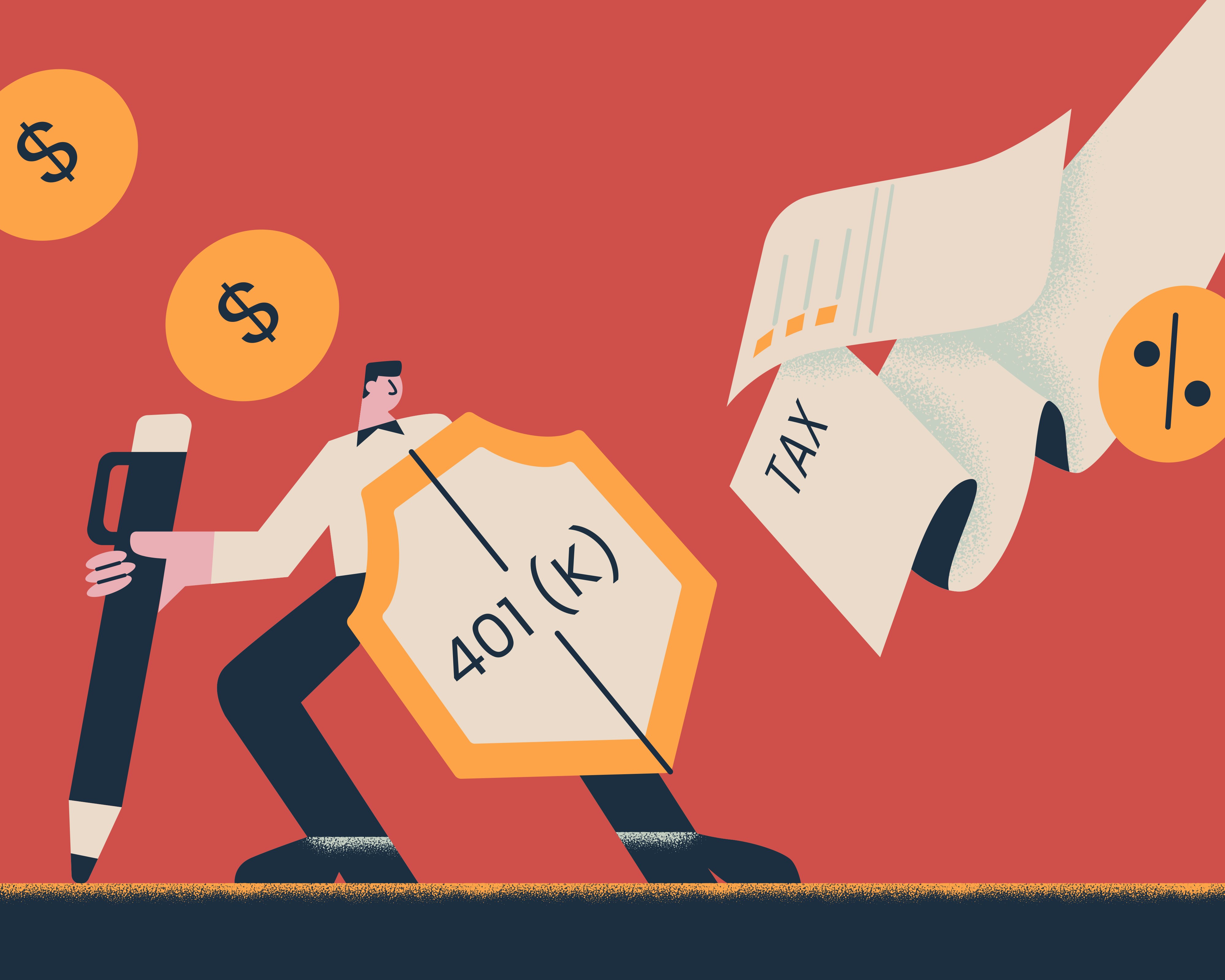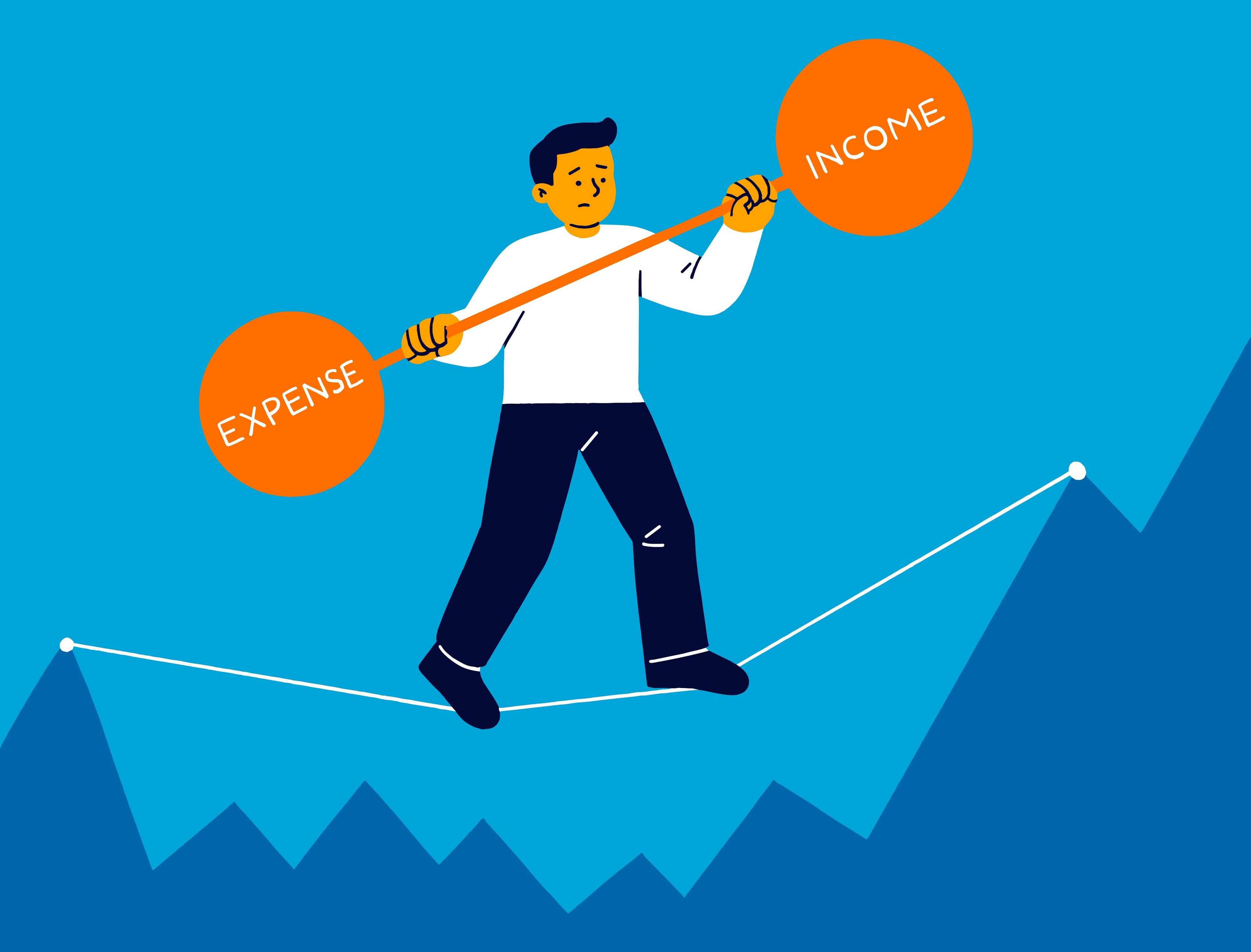When news breaks that 401(k) contribution limits are going up, it can sound like a universal financial upgrade. The headlines suggest that everyone has just been handed more room to save for retirement and that the sensible response is to rush out and increase contributions as much as possible. Yet in real life, the impact of a 401(k) boost is not evenly distributed. The way these higher limits show up in your day to day decisions depends on how much you earn, how stable that income is, how old you are, and what your financial responsibilities look like right now. For some people, the new limits are a technical footnote they will never touch. For others, they quietly open a window to catch up in ways that were not available ten or fifteen years ago.
It helps to start with the basic idea of what a 401(k) boost actually is. When contribution limits go up, workers are allowed to funnel more of their pay into their retirement plan with special tax treatment. There are also separate higher allowances for those who are 50 and above, often called catch up contributions, and in some cases an extra tier for people in their early sixties if their plan has adopted the feature. At the same time, there are rules that treat higher earners differently from lower and middle income households. For example, some workers above certain income thresholds are required to make their catch up contributions on a Roth basis, which means they pay tax on those dollars now in exchange for the possibility of tax free withdrawals later, while lower income households may become eligible for a tax credit that rewards them for saving at all.
Once you see that the rulebook itself draws lines between income levels, it becomes easier to understand why a single 401(k) boost does not land the same way in every household. A person earning 45,000 dollars a year who is juggling rent, childcare, groceries, and debt payments is unlikely to be lying awake at night worrying about how to use an extra thousand dollars of contribution room. A household in the middle of the income distribution might see the new limit and think about increasing their savings rate over the next few years. A household in a very high income bracket, especially one that has a history of maxing out retirement accounts, might focus less on the size of the limit and more on whether their contributions should be pretax or Roth and how this fits into their overall tax strategy.
For lower income households, the new numbers on the limit sheet can almost feel imaginary. If you are contributing a small percentage of your paycheck into a 401(k), the fact that the government now allows a much larger maximum does not suddenly free up cash in your budget. What really matters at this level is whether you can get to the point where you are consistently capturing your employer match, if one is offered, and whether your contributions are large enough to qualify for incentives like the saver’s credit. In this context, the boost should be viewed as headroom that is there for you to grow into over time, not a target that you are failing to hit.
Imagine a worker whose job offers a 4 percent employer match if they contribute 4 percent themselves. The most powerful decision they can make is not to chase the maximum 401(k) limit, but to find a way to reach that 4 percent as steadily as possible without compromising their ability to pay the bills or build even a small emergency cushion. Once that base is in place, small increases in the contribution rate, such as moving from 4 to 5 percent, can quietly improve their long term outlook without causing a major shock to monthly life. If their income is low or moderate, these contributions may also unlock a tax credit that directly reduces their tax bill, which functions like getting a partial refund on their effort to save.
Because every dollar is doing multiple jobs in a lower income household, the psychological framing matters. Instead of thinking, "I am so far away from the maximum, what is the point," it can be more helpful to think, "I want to raise my retirement contribution by one percentage point every year that I receive a raise, until I reach a level that feels sustainable." The higher legal limit simply ensures that as your income grows, you will not hit a cap too early. In this bracket, the 401(k) boost is less about filling up a larger container and more about having the space to gradually pour in more water as your capacity allows.
Middle income households experience the boost differently. If your household income sits somewhere in the wide band between roughly 50,000 and 150,000 dollars, you may not be maxing out your 401(k), but you might be contributing enough that the limit feels more tangible. You may have years where a bonus or an unexpected windfall pushes you close to the ceiling, particularly if you front load contributions early in the year. You might also be arriving in your forties or early fifties and realizing that your savings rate in your twenties and early thirties was not high enough to put you on track for the retirement lifestyle you want. In this situation, an increased limit can function as a practical tool for closing the gap.
For someone in this middle band, a useful question is not, "Can I hit the maximum this year," but, "What total percentage of my gross income needs to go toward long term saving if I want to be largely work optional by my sixties." For many households, a combined savings rate in the mid teens or low twenties, including employer contributions, is often a reasonable starting benchmark, even though the exact figure will vary depending on when they start, investment performance, and the cost of their desired lifestyle. The 401(k) boost makes it more realistic to reach that kind of rate within tax advantaged accounts instead of being forced to push the overflow into taxable accounts earlier than necessary.
Consider a household in which two partners each earn a salary and both contribute 10 percent of their pay to their respective workplace plans. If they aim over time to reach a combined rate of 18 or 20 percent, the higher 401(k) limit gives them room to step their contributions up by one or two percentage points every year. They are less likely to bump into the ceiling just when they build momentum in their peak earning decade. When they receive a raise, they can deliberately direct part of it into a higher retirement contribution, making the increased saving feel less painful since take home pay still grows.
Middle income earners also sit in an interesting tax zone. They may still enjoy meaningful tax relief from pretax 401(k) contributions, especially if they are in a bracket where each additional dollar of deduction immediately reduces their tax bill at a noticeable rate. At the same time, they often have some flexibility to think about balancing pretax and Roth contributions across different accounts. In high income years, they may decide to lean more heavily on pretax contributions to lower current taxable income. In lower income years, or in early retirement periods when they temporarily have little earned income, they can explore strategies like Roth conversions. The higher contribution limit provides an expanded canvas for these decisions. It does not dictate the picture, but it gives more space for thoughtful planning.
For higher income households, the experience of a 401(k) boost can be almost the mirror image of the lower income case. The question is rarely whether they have the cash flow to use the extra room. Many of them already contribute up to the limit year after year and receive substantial employer contributions or profit sharing contributions on top. The combined cap for employee and employer contributions can turn the plan into a major tax shelter, sometimes rivaling or exceeding what they manage to save in taxable accounts. When that cap rises, it genuinely expands the amount of income they can protect in a tax advantaged environment.
However, the rules that apply to high earners add layers of complexity. For workers whose wages with their employer exceed certain thresholds, catch up contributions must be made on a Roth basis rather than pretax. That means that those dollars no longer reduce current taxable income. Instead, the benefit is shifted into the future, in the form of potential tax free withdrawals if the conditions are met. For some households who expect to remain in high tax brackets during retirement, or who want to hedge against the risk of higher future tax rates, this can be desirable. For others, particularly those with large required minimum distributions looming from existing pretax balances, it may feel less attractive.
In this bracket, the core question becomes: where does the next dollar of long term savings belong when you already have multiple channels available. A high earning household may have a 401(k), possibly a deferred compensation plan, one or more IRAs, a taxable brokerage account, equity in a private business, and perhaps real estate investments. The increased 401(k) limit is simply another lever. Sometimes it still makes sense to push as much as possible into the plan, particularly if employer contributions are generous and the plan offers low cost, diversified investment options. In other situations, a household may decide that directing additional savings to a taxable account, where they have more flexibility and can tailor their tax exposure through investment choices, offers greater strategic value.
Across all income brackets, age interacts powerfully with the 401(k) boost. A worker in their late twenties or early thirties who sees the limits go up is mostly being handed reassurance that the system will be able to accommodate higher contributions later. Their main task is to establish a habit of saving and gradually raising their contribution rate as their income grows. For someone in their late forties or early fifties, especially if they are behind on their retirement targets, a higher limit plus catch up contributions can become a tool for a concentrated push in a critical decade. For those in their early sixties, the presence of special catch up provisions in some plans can provide even more capacity, although not everyone will be able to use it fully without straining their budget.
It is also important not to view the 401(k) in isolation. In the same environment where 401(k) limits rise, contribution limits for IRAs usually move up as well, and the income ranges that determine who can deduct traditional IRA contributions or make direct Roth IRA contributions also shift. Lower and moderate income workers may benefit from expanded eligibility for saver’s credits. Middle income couples can make use of spousal IRA contributions even when one partner is not working. Higher income households can pair maxed out 401(k) contributions with backdoor Roth IRA strategies and disciplined use of taxable accounts. The 401(k) boost is one piece of a mosaic of tax favored opportunities. The right question is not whether you are using every dollar of every limit, but whether the pieces work together in a way that supports your real life goals.
In the end, the impact of a higher 401(k) limit has as much to do with your mindset as it does with your numbers. For a lower income household, the boost can feel like something meant for someone else, yet it still quietly improves the landscape in which small, consistent contributions compound over time. For a middle income household, it provides the space to move toward a savings rate that makes future work optional, without being boxed in by outdated contribution ceilings. For a higher income household, it opens another pocket of capacity in a complex tax strategy and forces a more thoughtful conversation about the mix of pretax and Roth, the balance between sheltered and flexible capital, and the trade off between current tax relief and future freedom.
Wherever your income sits, you can turn the abstract idea of a 401(k) boost into something personal by focusing on three numbers: what percentage of your income you contribute today, what percentage you want to reach in the next three to five years, and what percentage your plan could accommodate at the new limit. Writing those figures down can transform vague pressure into a concrete plan. You may discover that you do not need to chase the maximum to build a solid retirement, or that small, regular increases are more powerful and realistic than a single dramatic leap.
Rules will continue to shift over time. Contribution limits will rise, tax brackets will adjust, and new features will appear in retirement plans. You cannot control these moving parts, but you can decide how you respond inside your own circumstances. Treated in this way, the 401(k) boost is not just a headline about higher numbers. It is an opportunity to align your saving habits with your income, your age, and your future vision, so that your retirement plan feels less like an external standard and more like a reflection of the life you are building.














